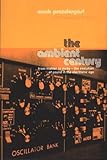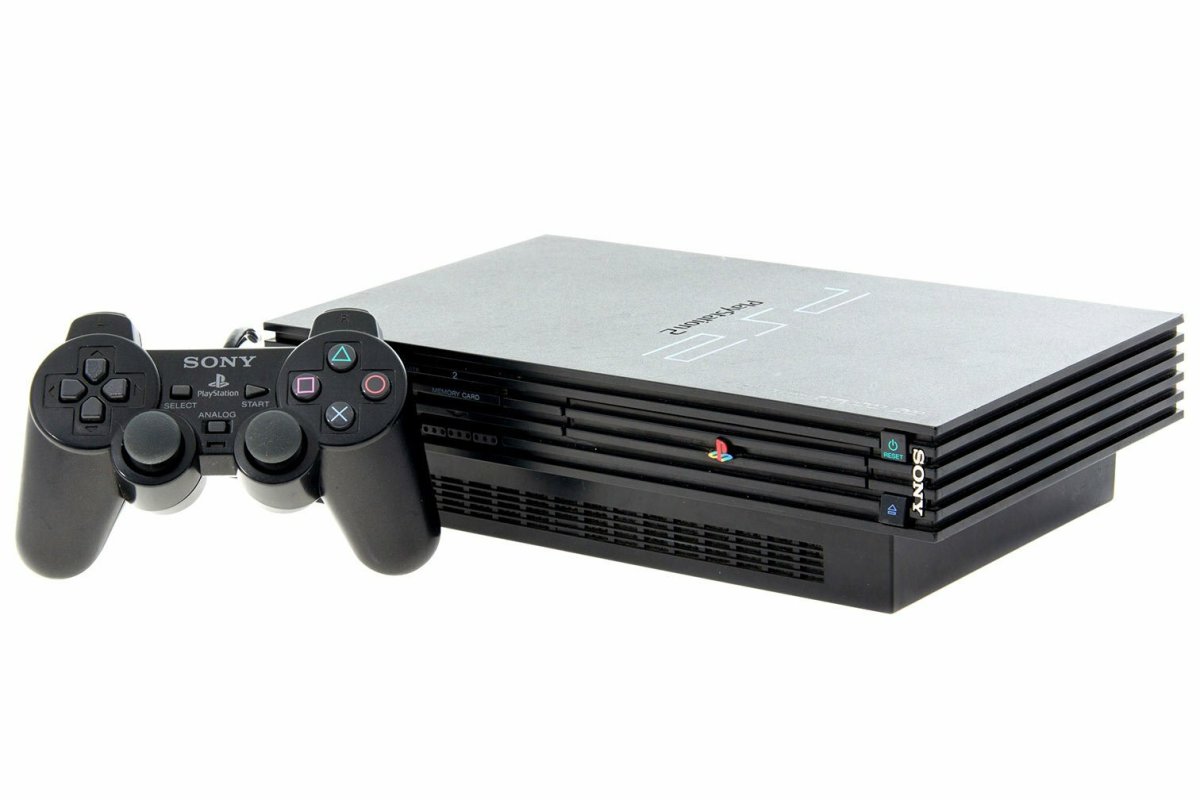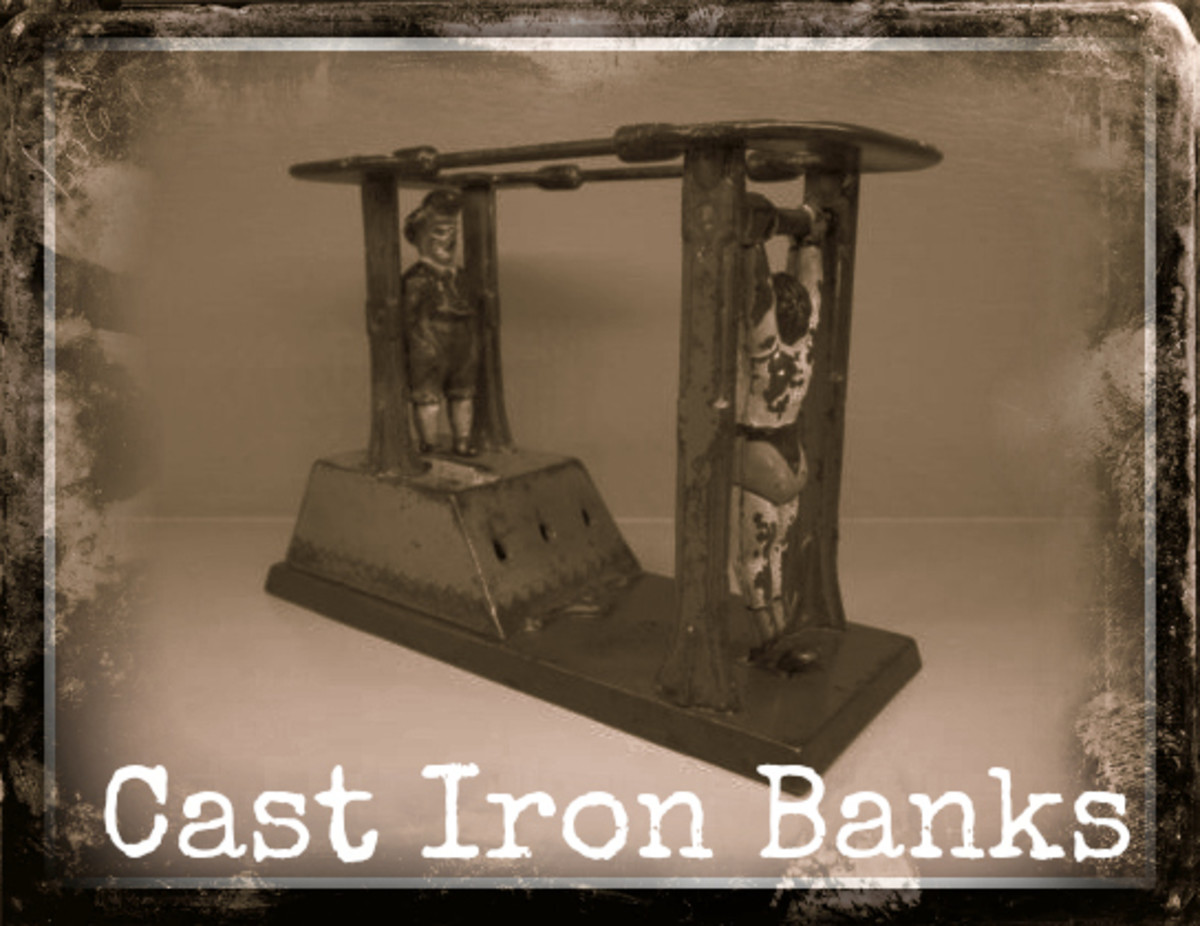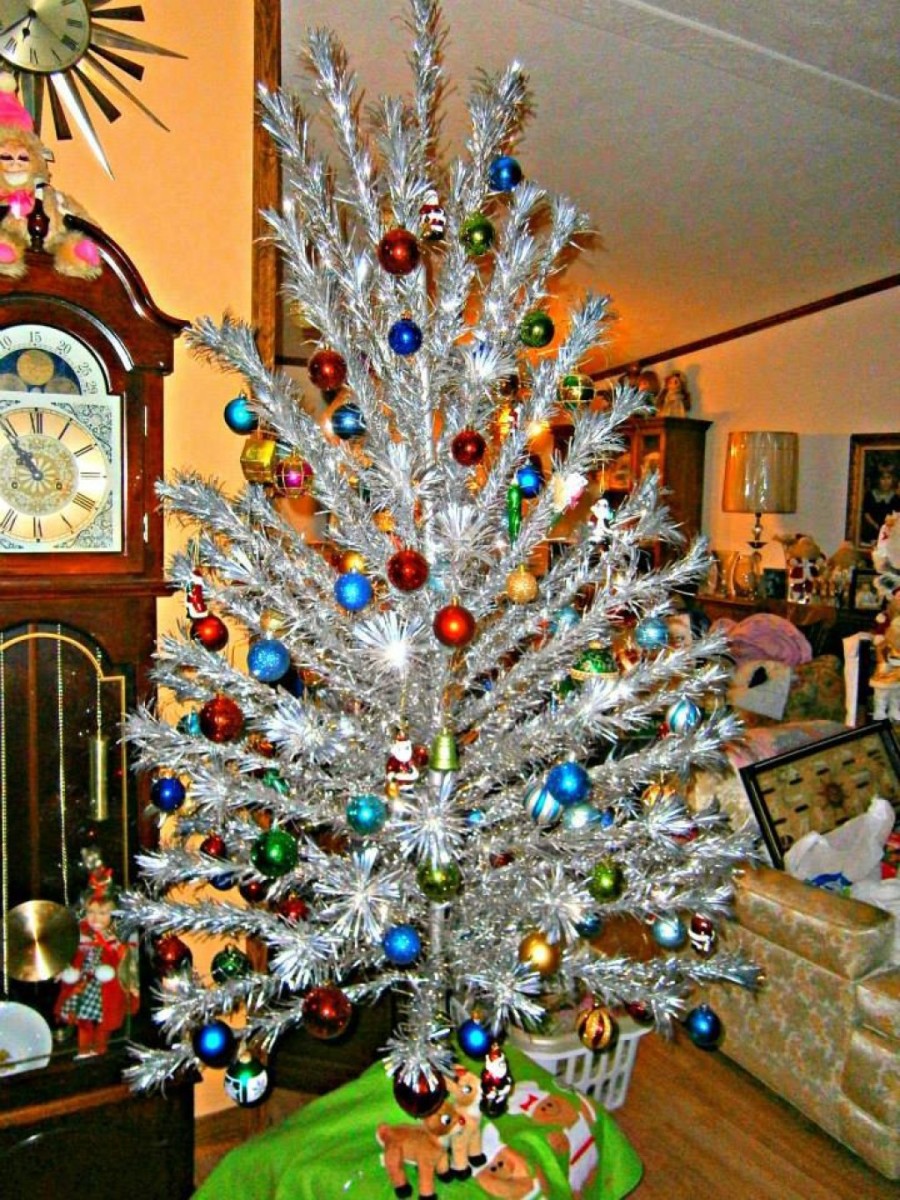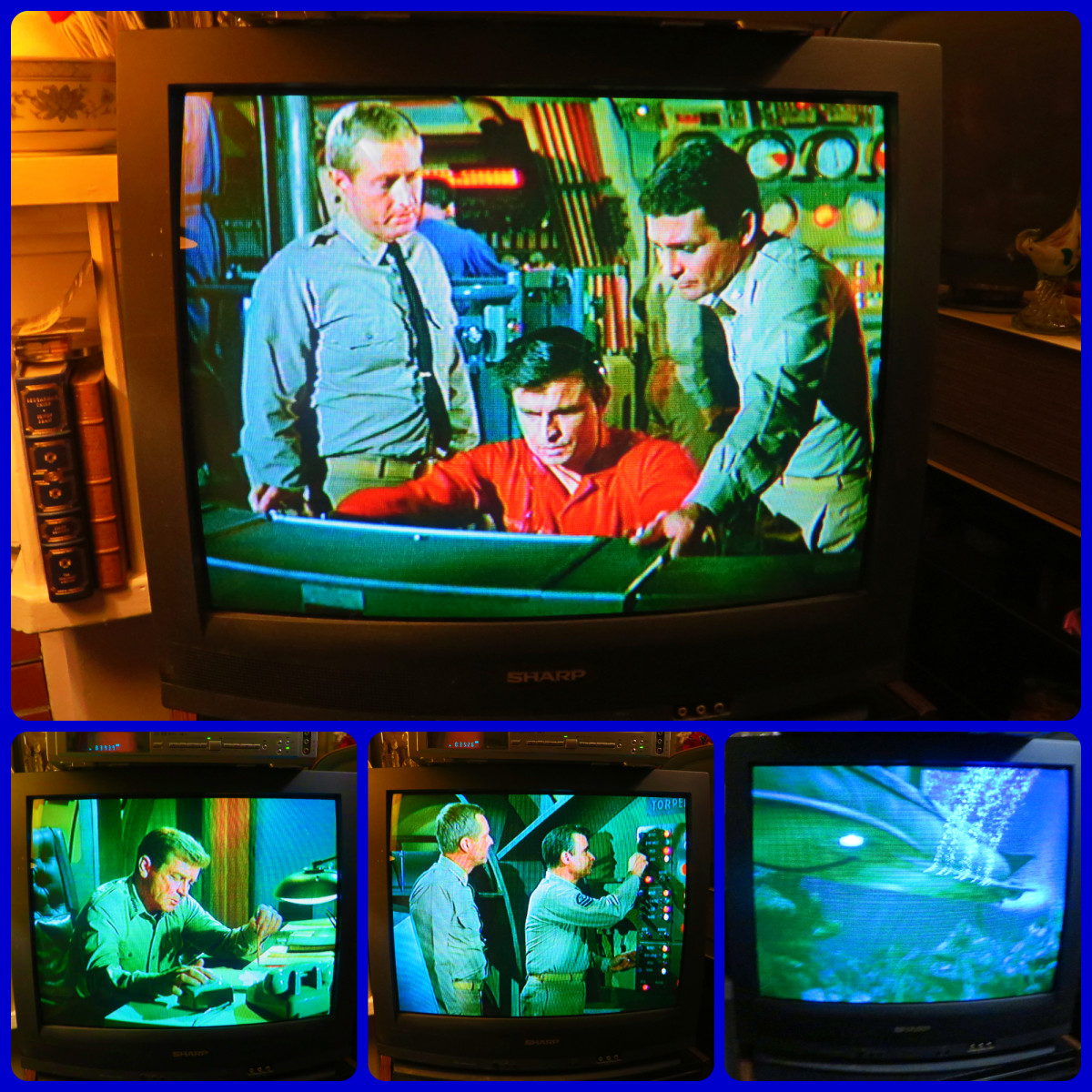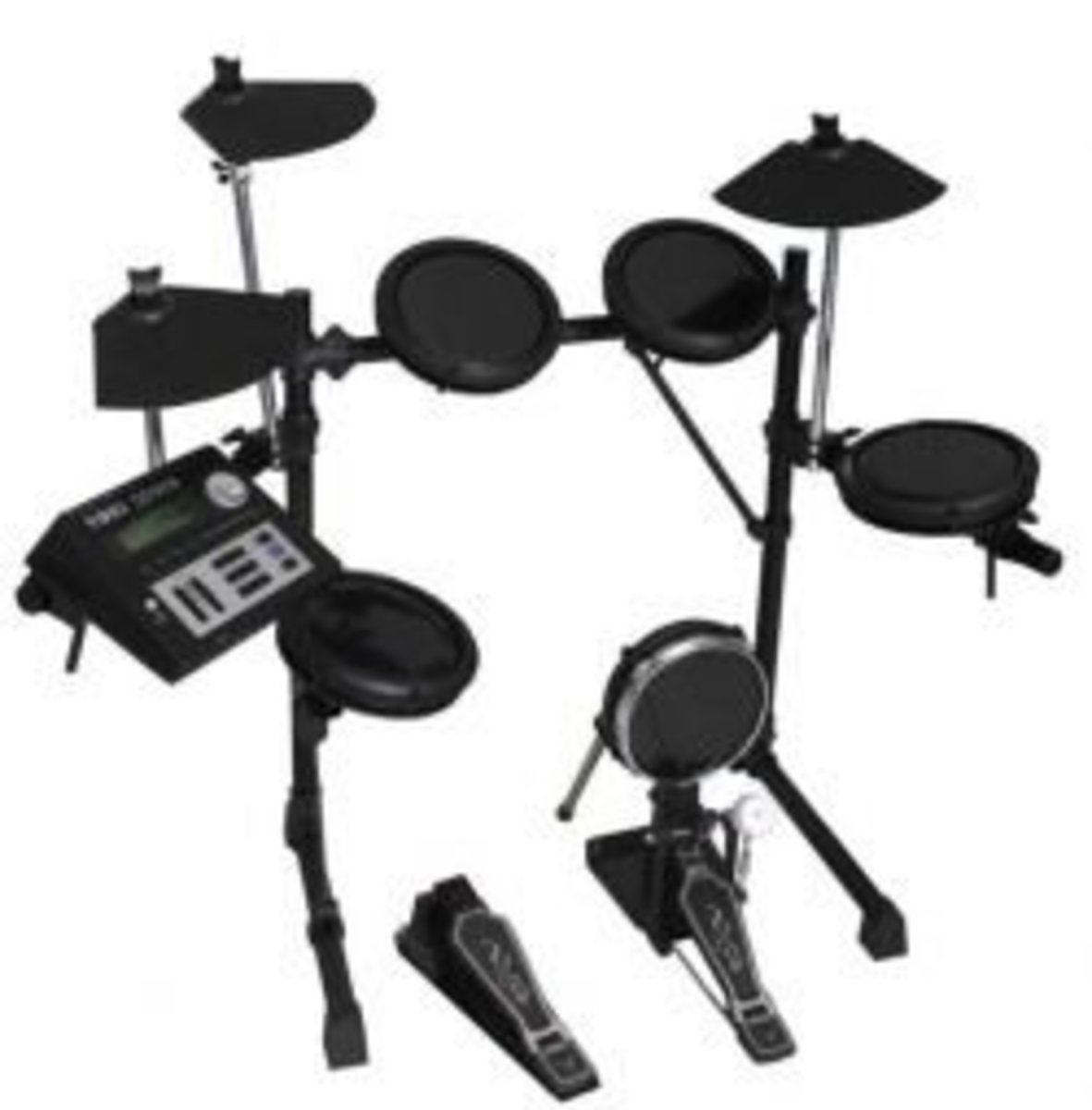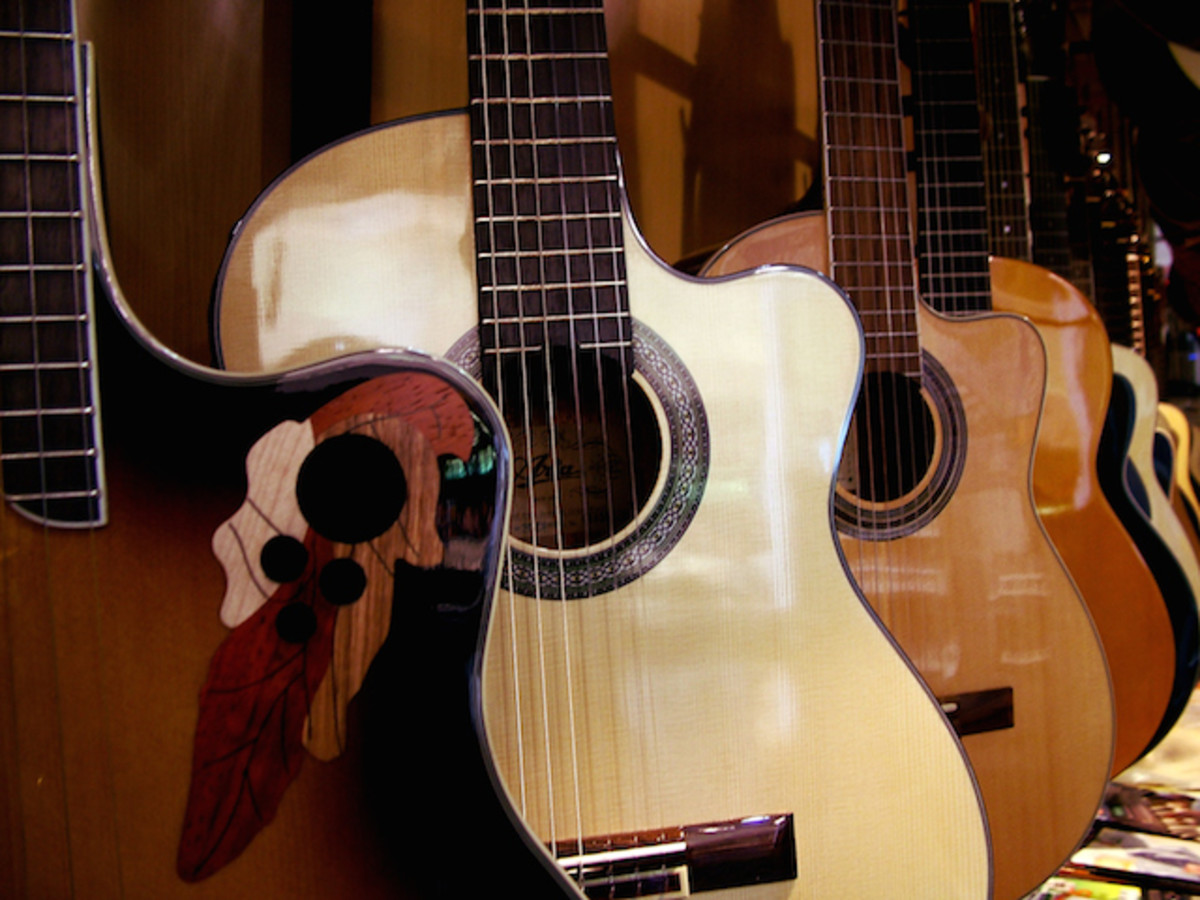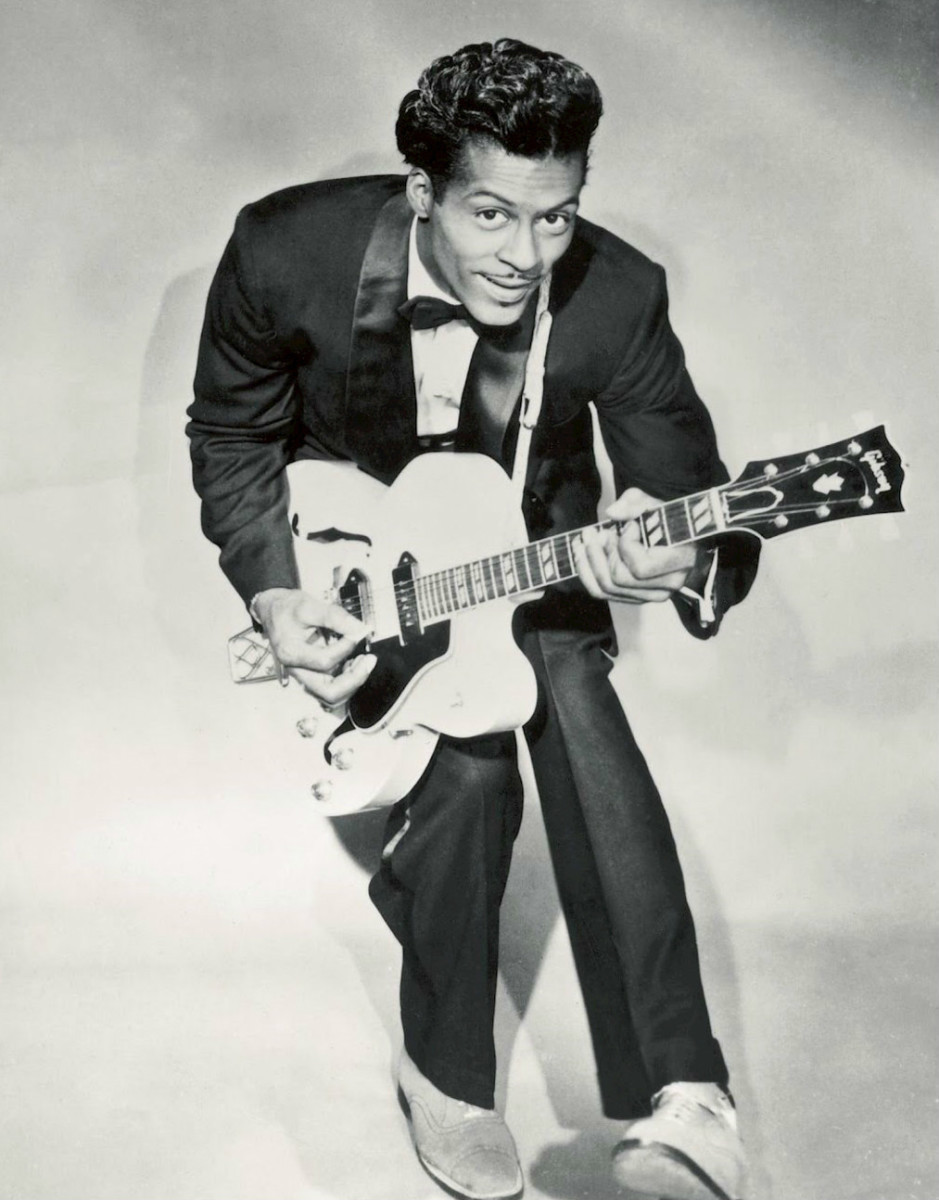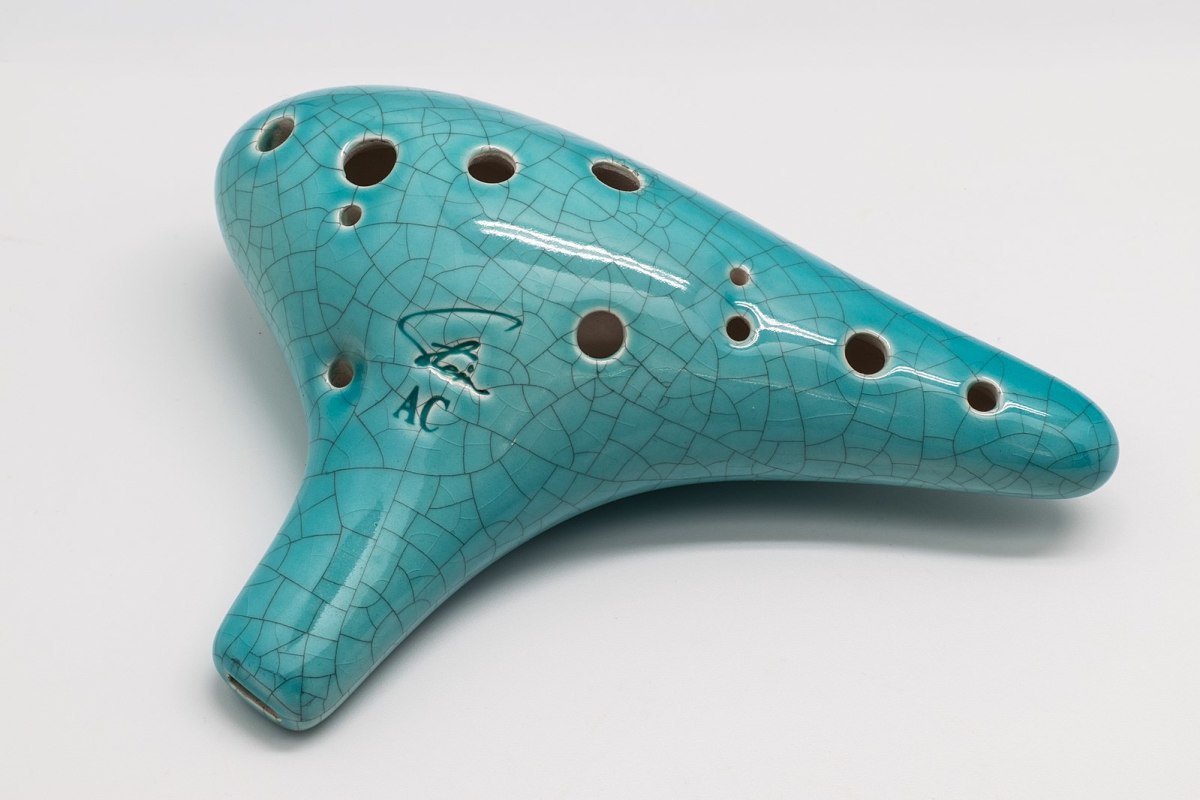Vintage Synths - Roland Korg Moog Sequential Circuits Synthesizers
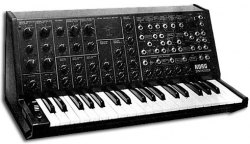
Vintage Analog Synthesizers
Classic vintage synths from the 1970s and 1980s are known for their warm and other-worldly sounds created with analog circuitry, rows of buttons and sliders, nests of patch cords, blinking lights and wooden side pannels completing their retro sci fi appearance.
Many modern digital synths attempt to emulate vintage synthesizer sounds with microchip powered digital signal processors, complicated mathematical models and cheap plastic cases but just like the relationship of vinyl to cd, nothing compares to the magic of a real analog synth. Rather then crunching numbers into finite units, analog synths create their sound by shaping electronic waveforms with sold state components like transistors, capacitors and resistors in a continuous signal path.
This lens examines the coolest analog synths, what to look for in buying a vintage analog and the best used synths to watch out for from the most popular analog synthesizer manufacturers such as Roland, Moog and Korg.

Major Manufacturers
The Big 4 of Original Synth Makers
In the early years synthesizers were large expensive beasts created by scientists and hobbyists but as technology and market demand increased companies began to mass produce analog synths that were more accessible for musicians. The first manufacturers to gain widespread distribution were Roland, Korg, Moog and Sequential Circuits. A number of other makers were also producing interesting synths on a smaller scale, there are a number of Russian makes for example.
Roland - Godzilla of Vintage Gear
A Japanese firm formed in 1972 specializing in electronic instruments, components and software, Roland continues to be a major innovator and seller of synths and tech musical instruments today.
Below is a list of the cool analog synths to look for from Roland on the vintage market. Excerpted from Wikipedia. Don't just buy any keyboard because it says Roland and looks old, Roland has produced a huge range of gear including digital pianos and organs that are not going to satisfy an analog tweakers needs and desires!
* 1973 - Roland SH-1000: Claimed by Roland to be Japan's first commercial keyboard synthesizer.
* 1973 - Roland RE-201: The renowned 'Space Echo' machine, one of the most popular tape delay-based echo machines ever produced.
* 1973 - Roland SH-3A: Monophonic synthesizer.
* 1975 - Roland System-100: Roland's first attempt at a modular synthesizer.
* 1976 - Roland System-700: Roland's first professional-quality modular synthesizer, the monster picture above!
* 1978 - Roland CR-78: One of the world's first user programmable drum machine.
* 1978 - Roland Jupiter-4: Roland's first self-contained polyphonic synthesizer.
* 1980 - Roland CR-8000
* 1981 - Roland Jupiter-8: This synthesizer put Roland in the forefront of professional synthesizers. A hugely successful 8-voice programmable analog synthesizer.
* 1981 - Roland TR-808: Among the first and most popular programmable drum machines; its distinctive analog sounds, such as its bass tone kick drum have been behind many a bumpin' hip hop track.
* 1982 - Roland Juno-6: Roland's first synthesizer with digitally-controlled oscillators. (Later released was the Juno-60, a similar model but with the addition of patch memory for storing sounds).
* 1982 - Roland TB-303: Defined the "acid" sound for house music.
* 1983 - Roland JX-3P: First Roland synthesizer to support MIDI.
* 1983 - Roland Jupiter-6: Second Roland synthesizer to support MIDI.
* 1983 - Roland SH-101: Monophonic synthesizer designed to be worn hung around the neck with a strap, with an optional modulation attachment that protruded like the neck of a guitar.
* 1984 - Roland TR-909: An extremely popular drum machine during the early 1990s, the sounds of which (particularly the kick drum and Open Hi-Hat) are still essential components of modern electronic dance music. The first Roland drum machine to use analog sound synthesis combined with digital sample playback.
* 1984 - Roland TR-707 and Roland TR-727: The former was used extensively in the early days of house music and in non-Western pop music around the world to the present day. The latter was used extensively in polyrhythmic non-Western pop music to the present day.
* 1984 - Roland Juno-106: A widely used synthesizer with digitally-controlled oscillators. Same synth engine as the Roland Juno-60 but with the addition of MIDI and the ability to transmit button and slider information through SysEx. Still, no MIDI control of volume in real time.
* 1986 - Roland JX-10: One of Roland's last true analog synths.
Remember to stay away from the digital junk Roland released in the 90s with similar names to their classic gear, an MC-303 is no TB-303!
Roland TR-909 Vintage Drum Machine Shirts
Cool 1980's retro drum machine t-shirts and gifts for DJ's, Producers and Beat Freaks. The Roland TR-909 has provided the thumping foundation to house, electro, techno and many other forms of dance music since it's release in 1984.
Korg Classic Analogs
A highly regarded innovator, Korg has been manufacturing electronic instruments since being founded in Japan in 1962. Korg released its first synth in 1973 - the Mini-Korg, a cute box with some great features and killer Korg filters any MS-20 user will be familiar with.
These notable Korg products from their golden age of analog synths are excerpted from Wikipedia.
* 1973 - Korg Mini-Korg 700
* 1975 - Korg Maxi-Korg 800DV
* 1977 - Korg PS-3100,3200,3300
* 1978 - Korg MS-10/MS-20 - the MS 20 is pictured above, a fun semi-modular with killer filters.
* 1978 - Korg VC-10 Vocoder
* 1979 - Korg m500 Micro Preset
* 1980 - Korg Mono/Poly - my personal facovite, lots of knobs and a unique character.
* 1981 - Korg Polysix
* 1983 - Korg Poly-61: The successor of the Polysix with digitally-controlled analog oscillators; Korg's first "knobless" synthesizer and not as cool because of it.
* 1983 - Korg Poly-800: First fully programmable synthesizer that sold for less than $1000, notable for using digitally-controlled analog oscillators and sharing a single filter for all 8 voices. The PG-800 programmer brings knobs and sliders to this synths lacking interface.
Moog - Synthesizer Visionary
While his early musical business venture involved a rather unique controller - the theremin, Dr. Robert Moog next created the first subtractive synthesizer to utilize a keyboard as a controller in 1964. Moog's garage operation soon became a growing company creating some of the most sought after synthesizers of the era. The popularity synths carrying the Moog name has endured and grown to today where the name is synonymous with vintage gold. Swept up with it's enduring popularity, the company has resurrected some of it's classic machines and expanded upon them while retaining their original analog magic.
Following his successful Theremin ventures, Moog began to create modular synthesizers. In 1971 Moog Music began production of the Minimoog Model D which was among the first widely available, portable and relatively affordable synthesizers. Unlike the modular synthesizer, the Minimoog was specifically designed as a self-contained musical instrument for keyboard players that stayed in tune, was portable and didn't require a tangle of patch cords to create a sound. The revolutionary minimoog was the first to really solidify the synthesizer's popular image as a "keyboard" instrument being used by famous musicians such as Sun Ra, Kraftwerk, Jan Hammer and Rick Wakeman. Selling approximately 13,000 units between 1971 and 1982, the Minimoog became the most popular monophonic synthesizer of the seventies.
It's safe to say that pretty much anything with the Moog name on it is going to sound fat, unlike other companies that sold out to digital, Moog has always remained true. Here is a list of cool Moog Products to watch for.
* Moog modular synthesizer (1963-1980)
* Minimoog (1970-1982)
* Moog Satellite (1974-1979)
* Moog Sonic 6 (1974-1979)
* Micromoog (1975-1979)
* Polymoog (1975-1980)
* Minitmoog (1975-1976)
* Moog Taurus (bass pedals)(1976-1983)
* Multimoog (1978-1981)
* Moog Prodigy (1979-1984)
* Moog Liberation (1980)
* Moog Opus-3 (1980)
* Moog Concertmate MG-1 (1981)
* Moog Rogue (1981)
* Moog Source (1981)
* Memorymoog (1982-1985)
* Moogerfooger (1998-present)
* Minimoog Voyager (2002-present)
* Little Phatty (2006-present)
I have included newer gear in this list as it is still using original analog technology as opposed to the digital emulation popular with other manufacturers today. Accept no substitute!
Sequential Circuits - California Dreamin'
Sequential circuits was founded in the early 70s in California, a small but influential company whos first products were synthesizer sequencers and programmers rather then actual sound generating devices. All that changed in 1978 when Sequential released the ultra bad ass Prophet-5. This was the first affordable, fully programmable polyphonic analog synthesizer, and became very popular in the early 1980s. In combining full microprocessor control with low-cost synthesizer module chips made by Solid State Music and later Curtis Electromusic, Sequential was able to make a relatively low-cost keyboard with five voices of polyphony. This revolutionary principle of combining five similar analog voices with easy editing and programming in one case became then the standard for a polyphonic instrument, making it possible to play real chords on a synth as e.g. on a piano. With the addition of patch storage, the synthesist was able to cycle through many different (up to one-hundred) sounds in a sitting, without having to re-calibrate the instrument for every switch. These were very unexpected developments in the synthesizer industry, especially from a previously unknown company that operated out of a California garage.
Sequential Circuits - For Sale on eBay Now
Ebay is one of the better places for finding Sequential Circuits gear for sale online. Watch this space for live updates of the latest Sequential Circuits on Ebay.
ARP Instruments, Inc. was an early electronic music company founded by Alan Robert Pearlman, best known for its line of synthesizers that emerged in the early 1970s. ARP closed its doors in 1981 for financial reasons.
Throughout the 1970s, ARP was the main competitor to Moog Music in the field of musically useful synthesizers. There were two main camps - the Minimoog players and the ARP Odyssey / ARP 2600 players - with most proponents dedicated to their choice, although some players chose to pick and chose between the two for specific effect, as well as many who dabbled with products produced by other manufacturers (in a similar manner to the ongoing PC versus Mac debate). The ARP 2500 was featured in the famous movie Close Encounters of the Third Kind. The ARP technician sent to install the unit, Phil Dodds, was cast as the musician who plays the alien tones on the synthesizer.
The demise of ARP Instruments, Inc. was brought about by the ill-fated decision to invest a significant amount of money in the development of ARP Avatar - a synthesizer module closely resembling ARP Odyssey, but equipped with a guitar pickup and a pitch to voltage converter. Although an excellent instrument by all accounts, the Avatar failed to sell well and ARP Inc was never able to recoup the R&D costs, which resulted in its bankruptcy.
Buy ARP Synths Online - Rare Analog Beauties
The latest listings of Arp analog gear for sale on Ebay.
Analog Synthesizer Books - Recommended Reads
Interesting books all about vintage analog synthesizers revealing their history, sounds, musicians who used them, impact on music and cool synth photos .
Roland TR-909 with pink splatter shirts for men and women.
Stickers, hats, mousepads ect also available.
Synth.cc is your source for high quality New and Vintage Synth Gear from the top makers. Consult our free buyers guides or browse the live eBay listings to compare prices and equipment features.
What's your favorite old school synth?



